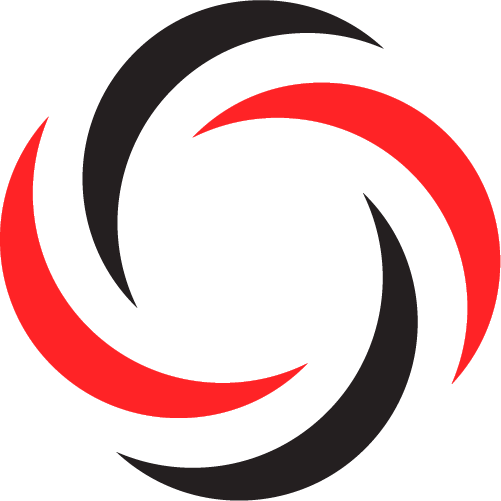
In the domain of supply chain and trade optimization, we are witnessing dynamic shifts across the globe. New alliances and partnerships are heating up as historic trading relationships cool. As a response to trade tensions, demographic shifts, and evolving workforce preferences, globalized companies like yours are carefully reassessing their choices of sourcing and manufacturing locations and planning for the long term.
Simultaneously, the governments in emerging markets in Mexico, Africa, ASEAN, India, and the Middle East are rapidly building supply chains and manufacturing infrastructure. Their goal is to attract your businesses to grow their economies through manufacturing, global logistics hubs, or, in some cases, both. Across all locations, the investment is uneven, and the timelines for when the infrastructure will be built – and connected to global supply chains – are not aligned. So, comparing which is best for your company can quickly become confusing.
If your company sees the potential benefits of these transformative times, it's crucial to grasp how procurement from various countries can impact your organization compared to past sourcing patterns. The top six topics businesses are investigating include:
- Trade Agreements and Treaties
- Compliance Regulations, Export Controls & Product Classification
- Export Controls & Sanctions
- Transport Infrastructure and Logistics Capabilities
- Intermediate Warehouse and Hub Operations
- Carrier Routings and Lead Times
Each topic impacts the other, and this is where confusion can reign. For example, within the Asia Pacific, there are businesses evaluating the optimal location for a regional distribution center (RDC). Their goal is to concentrate inventory in one country and save money by closing several in-country distribution centers. The potential locations for the new RDC appear endless. Some countries have lower warehouse and labor costs, yet the tradeoffs can be inefficient supply chain infrastructure and limited opportunities for trade and duty optimization.
Addressing these trade-offs necessitates a holistic strategy that considers each of these dimensions (and no doubt others specific to your organization) against historical and forecasted data to develop a more in-depth evaluation.

How to Win Without Drowning in Data and Information?
Knowing what data is required and what is just ‘noise’ is critical. The professionals in Supply Chain Solutions and Tradewin work hand-in-glove with customers to identify the required information and data for their specific analysis. For example, a typical approach for Supply Chain Solutions Digital Twin customers is to run multiple simulations of potential supply chain network designs. Then, share those with Tradewin, who provide advice on which design yields the best results for trade optimization.
It also works in reverse! For example, customers consider the trade implications of various Free Trade Agreements first with Tradewin, then Supply Chain Solutions designs the optimal supply chain design around it. Either way, the customer wants to understand the trade-offs and how each scenario compares to their current supply chain’s costs and lead times.
When Do You Know It Is Optimal?
Beauty is in the eye of the beholder and so is optimization. Our integrated methodology lets you choose the model that mitigates risks but also improves the bottom line, paving the way for long-term success in the global marketplace.
By adopting a comprehensive approach that combines data-driven decision-making, businesses can unlock the dual benefits of reliable, optimized supply chains that also account for a robust trade optimization program.
If this integrated approach to supply chain and trade optimization resonates with you and you are interested in learning more, please contact us.




